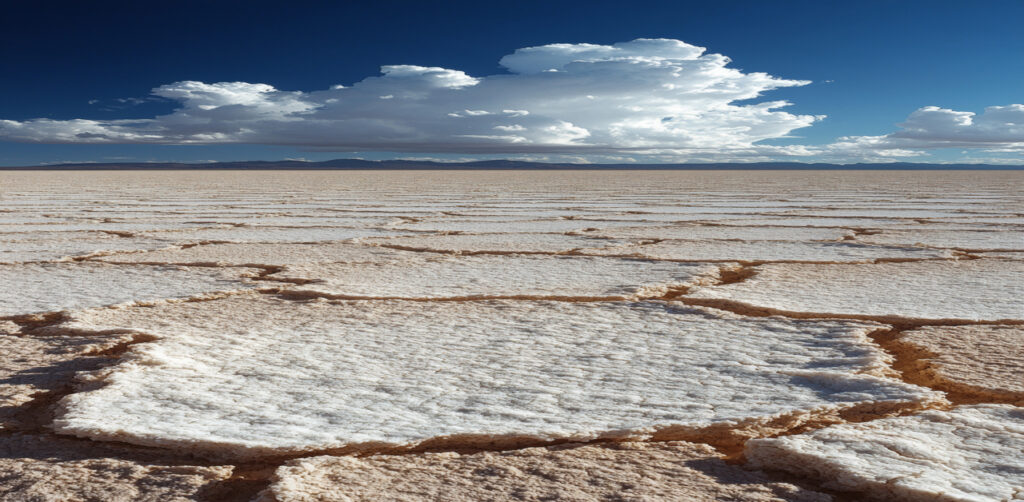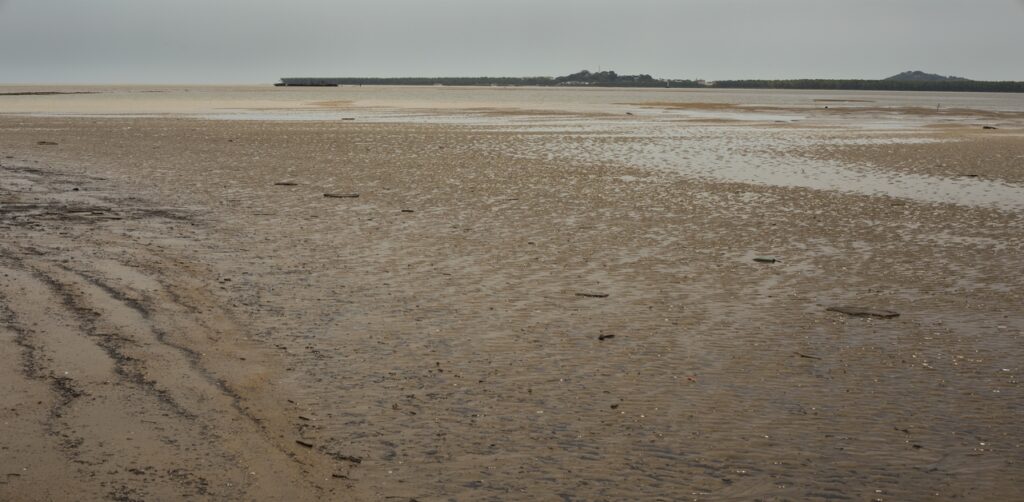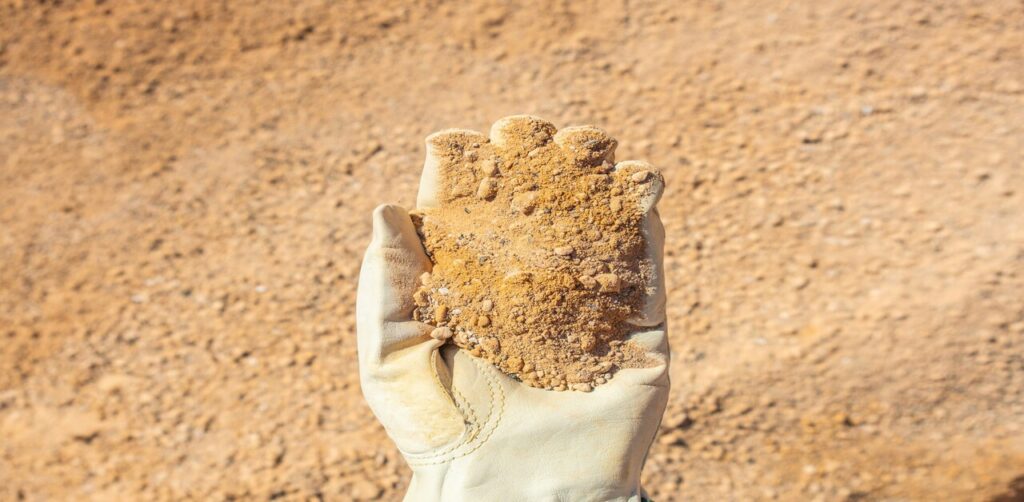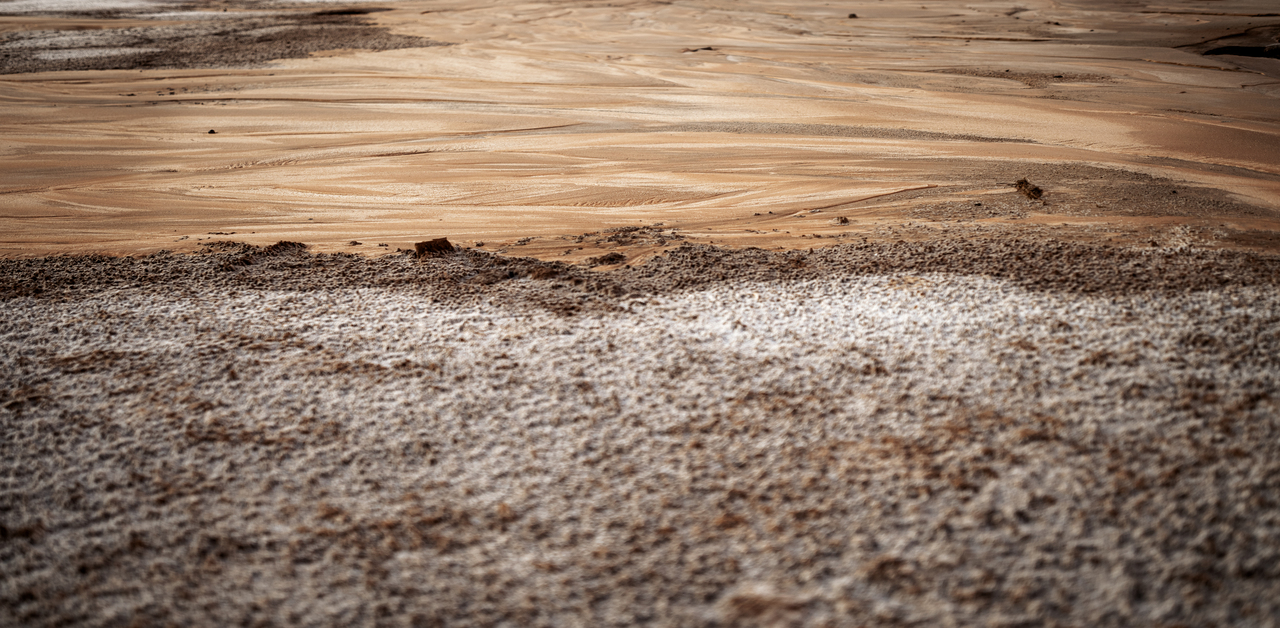Through soil agriculture, vegetation and ecological equilibrium are achieved because soil is a vital component of the Earth’s ecosystem.
However, not all soils are equally productive or conducive to cultivation.
In most parts of the world, including India, saline soil is one type that significantly hinders agricultural activity and land productivity.
To sustainably use land and provide food security, one must understand saline soil, its formation, properties, problems, and solutions, etc.
Table of Contents
What is Saline Soil?
Soluble salts, such as sodium chloride (NaCl), sodium sulfate (Na₂SO₄), and magnesium chloride, are prevalent in saline soil, solonchak, and salt-affected soils.
This soil is also called usara soil. These salts disrupt the typical properties of the soil and render it incompatible with the majority of plant life when they become concentrated in the upper ground layers.
Saline soil’s most important parameter is electrical conductivity (EC). When the EC of the soil saturation extract exceeds 4 deciSiemens per meter (dS/m), then the soil is saline.

Because of the osmotic pressure brought on by the concentration of salt, plants in such soils are unable to absorb water and nutrients, despite the abundance of available water.
Saline soil contains a larger percentage of sodium, potassium, and magnesium, and lacks nitrogen and calcium so which is why they are infertile and doesn’t support any vegetative growth.
They are salty because of the dry climate and poor drainage.
Formation of Saline Soil
Not all saline soils are formed naturally, but as a rule, they can be formed under certain conditions in the environment and in the activities of people. The most important reasons are:
1. Nature’s Actions: Weathering of rocks is caused by soluble salts in some parent rocks. These salts are released as they weather when they build up in the soil.
2. Capillary movement: In the case of arid and semi-arid areas, water moves up to the surface due to capillary movement, carrying salts with it. Salts remain after water evaporates.
3. Seawater intrusion: Because seawater flows into groundwater along coastlines, seawater intrusion may raise the soil’s salt content.
4. Techniques for Watering Low-quality irrigation water: Salty or brackish irrigation water leaves the salts in the soil with time.
5. Poor drainage: When there is poor drainage, waterlogged conditions do not result in leaching, so salts build up.
6. Over-irrigation: Using too much water and not enough drainage can raise the water table, which makes the soil salty because salt moves uphill.
7. Overgrazing and Deforestation: Erosion is exacerbated, and the water cycle is disrupted when vegetation is cut down. Lack of plants to absorb water results in evaporation and, hence, salt accumulation.
If you want to buy a decorative article for your beautiful house, then you should visit here.

Characteristics of Saline soils
Saline soils possess a few distinct physical and chemical properties:
1. Surface crust: A layer of salt may be present on the soil’s surface in a visible white or gray crust.
2. Hard texture: Succulent soils tend to be dense and hard, hence difficult to cultivate.
3. High pH: Although the pH of salty soil isn’t too high, it should be between 7 and 8.5.
4. Poor structure: A poor arrangement of soil particles can cause them to stick together, which reduces the soil’s porosity and permeability.
5. Low levels of organic matter: The absence of vegetation and microbial activity results in low levels of organic matter in saline soils.
If you want to read an article about the types of Soil in India in detail, you can click on Saline soil.
Saline Soil’s Effect on Agriculture
The effects of soil salinity on agriculture and the environment are also significant:
1. Decreased Agriculture Output: The capacity of the plant to retain water despite the availability of moisture is influenced by the concentration of salts. It may cause slowed progress in the growth of the crop, poor seed germination, and less production.
2. Soil Degradation:
Soil salinity destroys the soil structure and fertility.
Formation of crust and compaction.
Diminishment of the positive microbial action.
Nutrient depletion as a result of leaching and chemical imbalances.
3. Economic Damage: Farmers in the saline-prone areas usually experience low farm incomes because of inefficiency. Reclaiming and managing it might be expensive, which could hurt people’s livelihoods.

Distribution of Saline Soil
Soil salinity is one of the biggest issues in India. As per the reports of ICAR and NRSC, in India, there are more than 6.7 million hectares of land affected by salt, and the saline soils are more common in the states of:
Gujarat
Rajasthan
Haryana
Punjab
Uttar Pradesh
Bengal, the West Coastal regions of Tamil Nadu, and Andhra Pradesh
The lack of proper irrigation and drainage management has specifically caused a rise in salinity, as seen in the Indira Gandhi Canal project in Rajasthan, as well as over-irrigated regions in Punjab and Haryana.
Management
Control of Saline Soil is a problem, but it can be reclaimed and treated through mechanical and biological methods:
1. Leaching of Salts
When the soil is overwatered, this is used to remove salts below the root zone. However, it requires:
Good-quality irrigation water
Efficient drainage systems
2. Enhanced Drainage
In order to remove an excessive amount of salts and water, subsurface drainage systems should be installed in excess.
3. Using Gypsum
Gypsum (calcium sulfate) replaces sodium ions in sodic soils (where sodium is dominant) and makes the soil structure better.
4. Growing Plants
That Can Take Salt. Mild salinity can be tolerated by some crops. Some examples are:
Barley
Cotton
Sugar, rhubarb, mustard
Quinoa
These crops are useful to cultivate land contaminated with salinity and also minimize economic loss.
5. Organic Additions and Green Manure
Organic matter that can be added in the form of compost, farmyard manure, or green manure (such as dhaincha) enhances the soil structure and microbial activity and assists in the mitigation of the impact of salts.
6. Afforestation
The salt-tolerant tree species, such as Prosopis juliflora, Casuarina, and Acacia species, can be planted to reclaim the salty land and curb erosion.
7. Controlled Irrigation
Using methods of irrigation like drip irrigation to ensure that the soil is not over-irrigated and that little water is used, as well as avoiding excessive irrigation, will reduce the likelihood of salt buildup.

Government Initiatives
The Indian government has been attempting to control and reclaim salty and sodic soils through organizations like ICAR, NRRI, and CSSRI. Applications such as:
Soil Health Card Scheme
Rashtriya Krishi Vikas Yojana
The Sustainable Agriculture National Mission (NMSA) advocates for salt-affected regions’ soil testing, reclamation methods, and environmentally sustainable agriculture.
Conclusion
Although agriculture faces significant difficulties due to salinity, this is not a curse that cannot be overcome.
Saline lands can be transformed into productive areas with the help of sustainable land management, scientific knowledge, and policy.
Farmers, researchers, and governments alike should embrace the necessity of employing soil-friendly methods to ensure food security and environmental sustainability for future generations.
Since land is becoming a rare commodity, reclaiming saline soils is not only a requirement but also a mandate.

